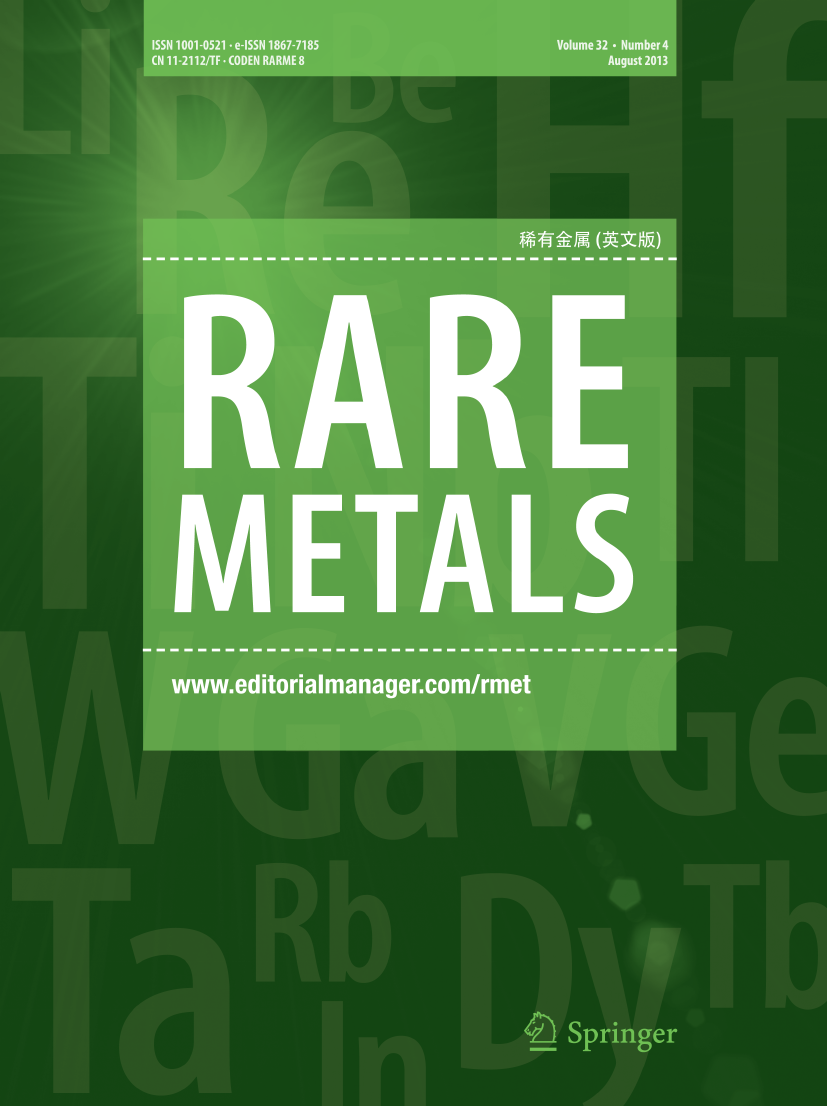Cations differentiation-induced core–shell heterostructure and mutual doping for achieving high-performance transitional metal carbonates electrode
Abstract
Transition metal carbonates (TMCs) hold great potential as high-performance electrodes for alkali metal-ion batteries, owing to multiple-ion storage mechanisms involving conversion process and electrocatalytic reaction. However, they still suffer from inferior electronic conductivity and volume variation during delithiation/lithiation. Heterostructure and heteroatoms doping offer immense promise in enhancing reaction kinetics and structural integrity, which unfortunately have not been achieved in TMCs. Herein, a unique TMCs heterostructure with Ni-doped MnCO3 as “core” and Mn-doped NiCO3 as “shell”, which is wrapped by graphene (NM@MN/RGO), is achieved by cations differentiation strategy. The formation process for core–shell NM@MN consists of epitaxial growth of NiCO3 from MnCO3 and synchronously mutual doping, owing to the similar crystal structures but different solubility product constant/formation energy of MnCO3 and NiCO3. In-situ electrochemical impedance spectroscopy, galvanostatic intermittent titration technique, differential capacity versus voltage plots, theoretical calculation and kinetic analysis reveal the superior electrochemical activity of the NM@MN/RGO to MnCO3/RGO. The NM@MN/RGO shows excellent lithium storage properties (1013.4 mAh·g−1 at 0.1 A·g−1 and 760 mAh·g−1 after 1000 cycles at 2 A·g−1) and potassium storage properties (capacity decay rate of 0.114 mAh·g−1 per cycle). This work proposes an efficient cation differentiation strategy for constructing advanced TMC electrodes.
Graphical abstract

 求助内容:
求助内容: 应助结果提醒方式:
应助结果提醒方式:


